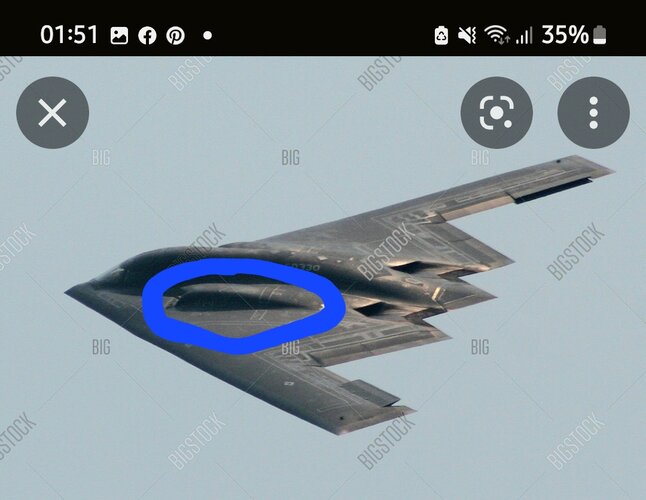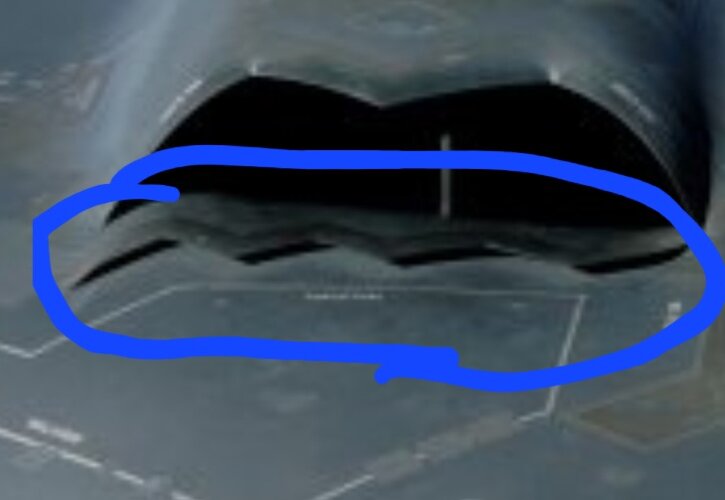
B-2 Crashes at Whiteman; No Injuries, But Status of Operations Withheld | Air & Space Forces Magazine
A B-2 bomber is lying damaged on the side of the runway at Whiteman Air Force Base, Mo., after a crash early on September 14.

They should ask China. China probably still has the design.And we have a request for solicitation for a reverse engineering work on the heat exchanger (see attached doc) :
View: https://mobile.twitter.com/MarkThompson_DC/status/1366408888220741632
Despite the irony of Mike T, those things are fairly common in countries that still protect IP* (Bless them).
*occasionally a subcontractor would close its doors without being re-acquired by a third party (foreclosure, retirements of the owner, change in activity or market) and the engineering material or know-how would be simply lost.
10% of the B-2 force has crashed now. That's worse than the B-58.
B-2 Crashes at Whiteman; No Injuries, But Status of Operations Withheld | Air & Space Forces Magazine
A B-2 bomber is lying damaged on the side of the runway at Whiteman Air Force Base, Mo., after a crash early on September 14.www.airforcemag.com
China probably still has the tooling too.They should ask China. China probably still has the design.
Why cover the inlets and exhaust? There have been plenty of times B-2s have been in the open in full view of satellites without those areas covered.
Why cover the inlets and exhaust? There have been plenty of times B-2s have been in the open in full view of satellites without those areas covered.
Looks like the LMLG lost downlock at touchdown, may have lost hydraulic pressure. Even with loss of hydraulic pressure, should have maintained a mechanical downlock condition. Won't be a write-off, they will get her up and flying again. A B-2 had a gear collapse in the hangar during non-routine maintenance in May 2002, this is what happens when you do not follow proper procedures when playing with proximity sensor states.Hope it's not a write-off.
In a span of over 20 years. 20 years of hustler would have probably left just enough for a few museums.10% of the B-2 force has crashed now. That's worse than the B-58.
B-2 Crashes at Whiteman; No Injuries, But Status of Operations Withheld | Air & Space Forces Magazine
A B-2 bomber is lying damaged on the side of the runway at Whiteman Air Force Base, Mo., after a crash early on September 14.www.airforcemag.com
I was being facetious.In a span of over 20 years. 20 years of hustler would have probably left just enough for a few museums.10% of the B-2 force has crashed now. That's worse than the B-58.
B-2 Crashes at Whiteman; No Injuries, But Status of Operations Withheld | Air & Space Forces Magazine
A B-2 bomber is lying damaged on the side of the runway at Whiteman Air Force Base, Mo., after a crash early on September 14.www.airforcemag.com

Lol. That’s going to be Some major overhaul considering that airframe has never flown.
Check Out This Super Grimy B-2 Spirit Stealth Bomber Test Article
B-2 Spirits usually look otherworldly, but every nine years they head to their birthplace for some much-needed TLC. It turns out that this unique test airframe's job is to look this way.www.thedrive.com
EB-2 Megafortress

Looks like swamp gas to me
Not-so-stealthy B-2 bomber caught on Google Earth
The B-2 is known for being virtually undetectable.www.militarytimes.com


B-2 Crashes at Whiteman; No Injuries, But Status of Operations Withheld | Air & Space Forces Magazine
A B-2 bomber is lying damaged on the side of the runway at Whiteman Air Force Base, Mo., after a crash early on September 14.www.airforcemag.com

B-2 has 4 engines but only 2 big inlets, so does it has a plate to separate the inside of each inlet into 2 different air ways (like concordes and B-1) or does the 2 engines share the airflow?



For aerodynamic reasons... reduces drag in addition to housing equipment as mentioned above.thanks for the photos, it is interesting to see that B-2 duct curve downward immediately just 1-2 meters behind the inlet mouth. I thought it would curve slightly and go all the way through the bump on top. So why the inlet bump on top of B-2 needed to be so long??
View attachment 684228
